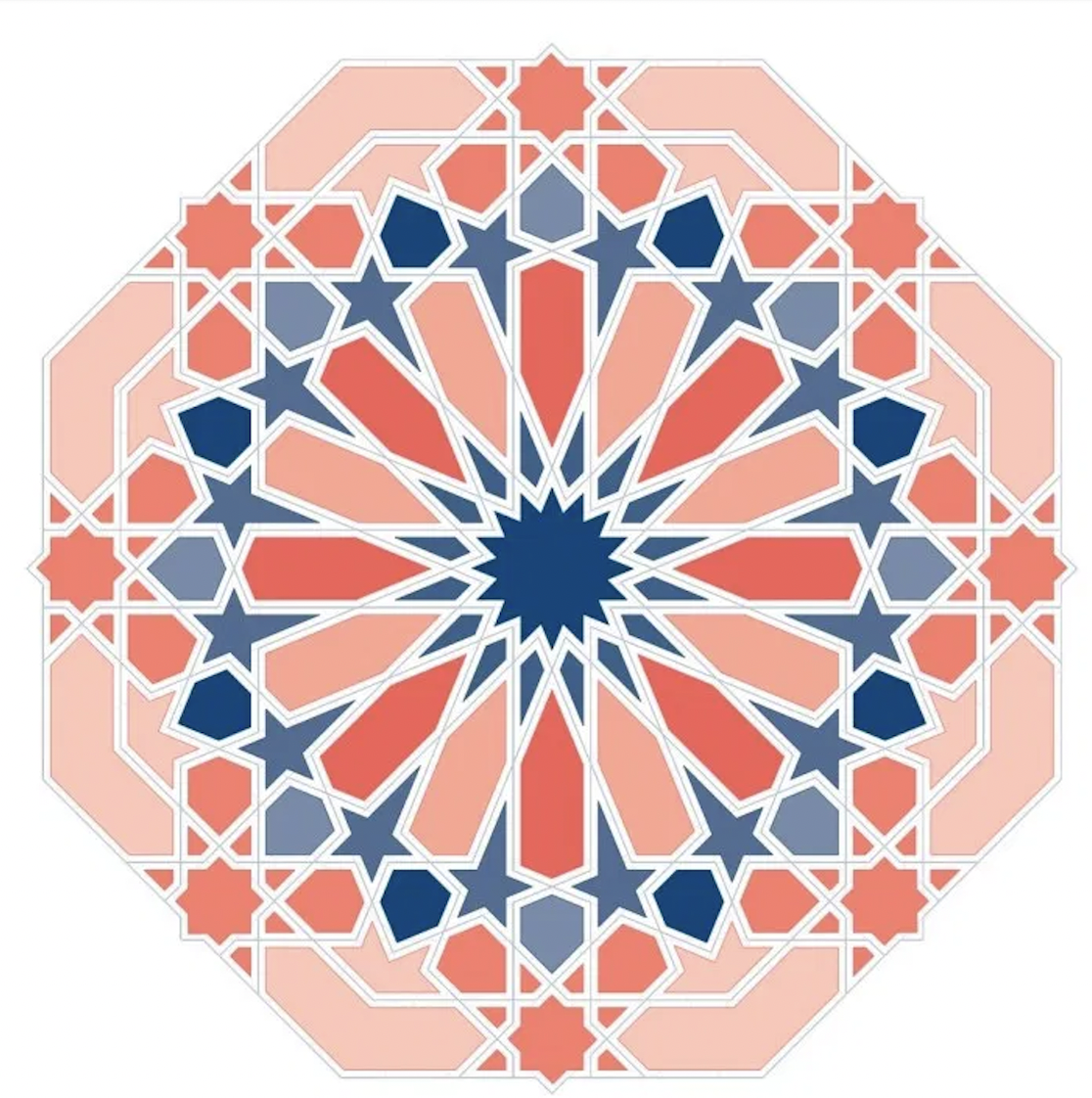Roots of Black Muslims in America
A Review of Deeper Roots – Dr. Abdul Hakim Quick
I recently watched an amazing interview with Mustafa Briggs, Jonathan, Brown and Habeeb Akande about Islam and blackness.
Habeeb helpfully signposted me to read more on the topic. One of the books and lectures he recommended was by renowned lecturer, Abdul Hakim Quick who is an expert in this field.
After watching the lecture I was trying to track down the book, ‘Deeper Roots’. I reached out to my contacts on Facebook to help me track down a copy, but it turns out my mum has had a copy for a long time. Talk about going round the houses when it was literally within my reach.
The book and lecture are from the 1990s, but the information is still eye-opening and relevant. I am familiar with this history, but I wanted to revisit the learnings. Dr. Abdul Hakim Quick talks about the long-standing presence of African Muslims in the Americas. He highlights sources which show a Muslim presence even before the transatlantic slave trade.
Quick talks about two aspects of Muslim history in the Americas
1) The presence of Muslims in the Americas before Columbus,
2) The presence of black Muslims amongst the Africans who were enslaved by Europeans and taken to the Americas
In order to even comprehend these facts of history about black Muslims in America for centuries, Quick frames his lecture around the need to unlearn colonised history which presents a Eurocentric and often incorrect view of the past. He likens this to the quote attributed to Nazi propaganda chief Joseph Goebbels who is believed to have a said that if you tell "a lie big enough" and regularly repeat it, "people will eventually come to believe it." That’s depressing to know but apparently this is how the human psyche works. Repetitive information embeds.
Present-day history as it’s taught in schools and in the western world therefore cannot be taken at face value. It is “educational imperialism” says Quick. A decolonisation of the mind is needed to embrace the actual facts, and many of us can find that difficult. He says that you may think you’re free, but “if your mind is controlled, then you are still a slave.”
Quick believes that the biggest lie in western history is that Christopher Columbus ‘discovered’ the Americas. The evidence widely accepted now is that this was not the case.
The book goes into more details about the Americas not being isolated from the rest of the world. There was still trade with other lands across the Atlantic. Quick states that one of the biggest traders with the Americas were Muslims who have historically been skilled traders, and dominated the Silk Road trade route for several hundred years.
The evidence of other people being in the Americas before Columbus can be found in sculptures, oral traditions, eyewitness reports, artefacts and inscriptions. Coins were also found with both Roman and Arabic inscriptions dating pre-1492. Therefore, Columbus didn’t discover anyone. In fact, Quick jokes that it was Columbus that was discovered because he was actually lost.
The second part of Muslim presence in the Americas comes with the transatlantic slave trade. Muslims indigenous to Africa were also taken as slaves and brought to the Americas.
Muslim slaves had high level of literacy and were known to have been strong resisters of slavery. Quick writes: “A Jihad called the ‘Great Slave Rebellion’ of 1834 broke out in Manchester.” The Manchester he is referring to is in Jamaica.
The Muslim slaves were known as the Mandika or Mandingo tribe.
Over time, however, the Muslim slaves began to lose their identity. Quick states: “They were forced to forget their native languages. Arabic was, for the most part, outlawed among the slave masses. It was forbidden to openly pray, fast or practice Islam. Pork was forced on the slaves as a main staple meat.”
However there are still stories of the Muslim slaves who still held on to their faith strongly. “Despite the inhuman system of slavery in the Americas, and the forced separation from Muslim lands and culture, there are scores of reports of Muslim slaves maintaining a form of their faith, leading slave revolts and in some cases regaining their freedom and returning to Africa” states Quick.
As well as highlighting the Muslim presence and stories in the Americas as a result of slavery, ‘Deeper Roots’ also touches on other Muslims who arrived in the Caribbean later on. From 1838 and 1924, Indian Muslims came to the Americas as indentured labourers. Muslims from other areas followed such as the Middle East and Indonesia.
They too, over time, struggled to keep the faith because it was suppressed by colonial ‘masters’. They held on to some elements of their heritage and traditions but the message of Islam became filtered down and rather than being about the universality of the faith, it became more of an ethnic divided representation.
When Quick was writing the book, he believed that there was a revival of the Islam in the Caribbean. Mosques were being restored and scholars from around the world emigrated to the Caribbean or visited to impart knowledge.
The book ends on a positive note, as quick talks about this reawakening of Islam in the Caribbean in its universal and multicultural form. He says: “Externally, Muslims of the Caribbean must unite with their fellow believers throughout the planet, regardless of nation, language or color.”

